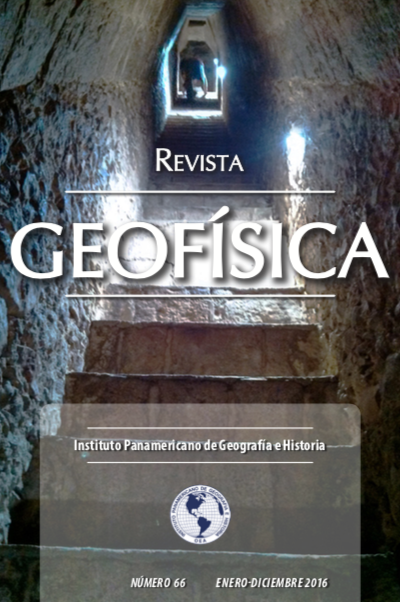Validación de la presión en Santiago como índice para estimar la actividad del anticiclón del Pacífico Sur
Main Article Content
Abstract
The rainfall pattern in the Arid Andes depends on the passage of frontal systems, surface depressions, troughs and cut-off lows, to name but a few, added to the orographic forcing imposed by the mountain range. Their activity is conditioned by dynamic-hemispheric factors the most outstanding of which are the Sea Surface Temperatures (SST) in the area of the El Niño 3+4, the Anticyclone of the Southeast Pacific Subtropical Ocean (ASPSO), the latitudinal displacement of the Pacific Anticyclone (LDPA) and the Pacific Decadal Oscillation (PDO), among others. The activity of this anticyclone affects the snowfall in the Arid Andes, significantly reducing it. To quantify it, various institutions (ncep-ncar, Bureau of Meteorology de Australia and others) and research workers have attempted to build indexes for its estimation, giving it numerical values by using methods produced by gridded data, the application of multivariate statistical techniques and others. However, no homogeneous series have been obtained to evaluate the long-term influence of the anticyclone. An index, known as Índice de Presión del Pacífico Sur (IPPS), Index of the South Pacific Pressure, elaborated by the Meteorological Service of Chile [Dirección Meteorológica de Chile (dmc)], has allowed estimating the annual surface pressure since 1971 as the first main component of the mean atmospheric surface pressures from eight stations located within the sphere of influence of the anticyclone. The facts above and the uncertainties generated by the prolonged drought in the period 2010-2014 create the need of some operating index that allows direct monitoring of the ASPSO and is used as a diagnostics and seasonal predictor. This article proposes an easily accessible Index based on the atmospheric pressure measured in Santiago de Chile (PSGO) to estimate the ASPSO activity by applying correlation analysis and ncep-ncar reanalysis. This index includes extended homogeneous temporal series exceeding 100 years, which is the threshold to conduct studies on the Climatic Change.
Downloads
Article Details
-
Abstract923
-
PDF (Español)603

